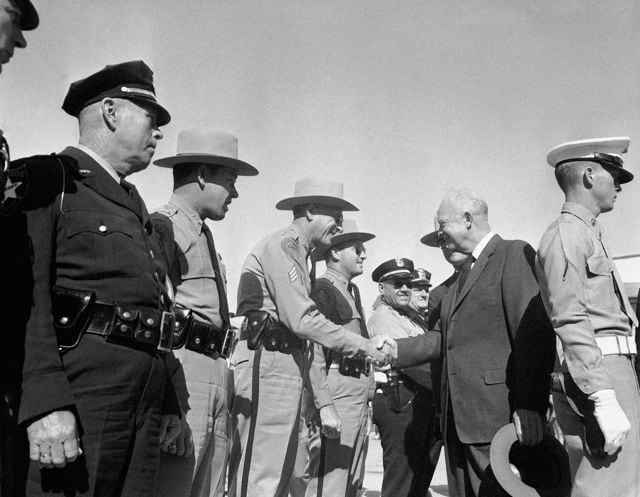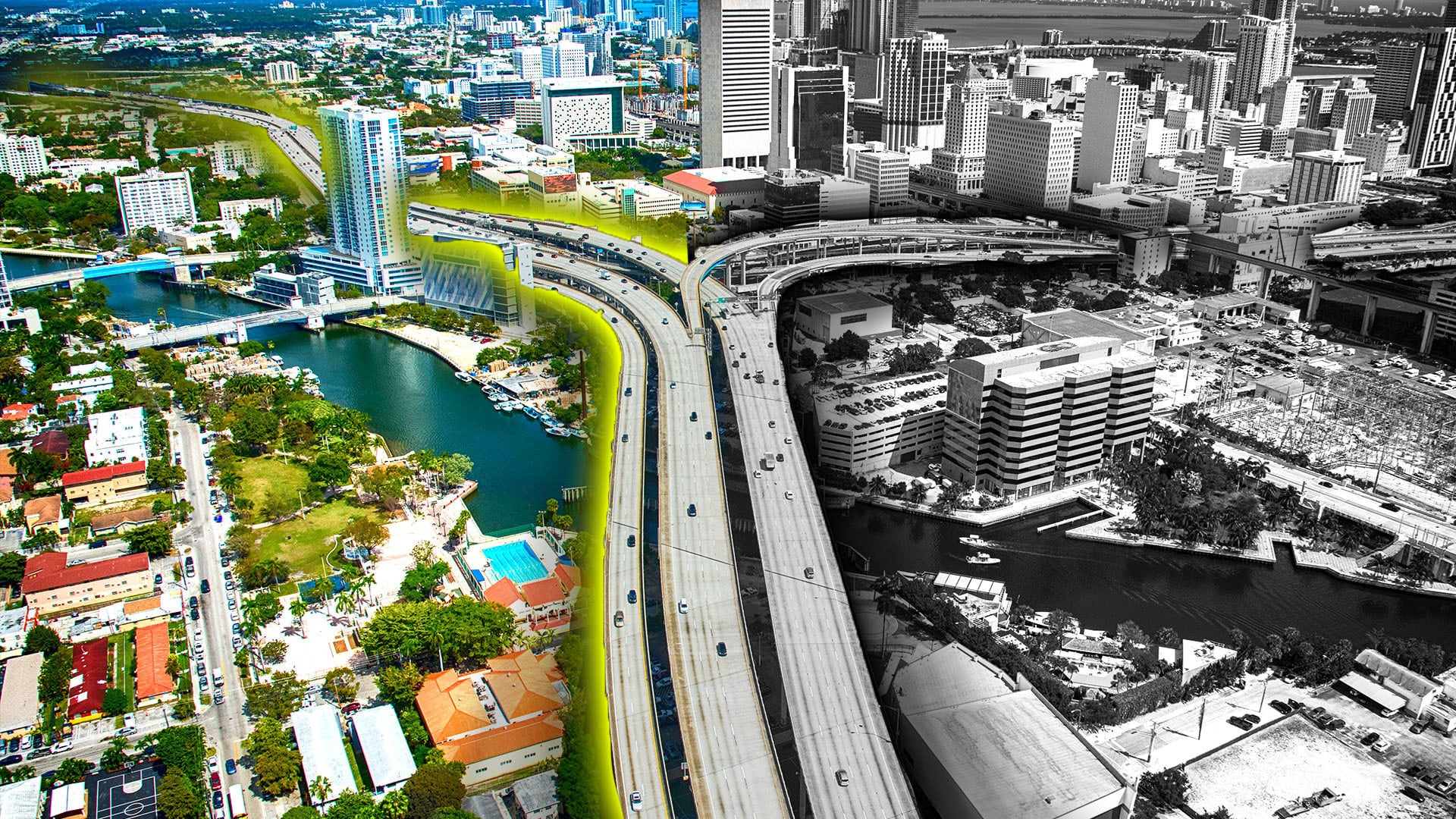In the early days of automobile travel, people naturally wanted to venture further distances as cars could now take them places previously unexplored. There were some unexpected consequences, though. While building highways and interstates signaled economic progress to much of the U.S., it also played a major role in withholding social progress for Black and Latino communities.
The early 1900s consisted of states establishing their own highway systems, which typically linked poorly maintained roads and streets into one system. New York opened the NYS Parkway in 1908, which was used to link cities to recreational areas and parks. A year later, architect Daniel Burnham submitted plans to begin building an elaborate highway system in Chicago that would connect outlying suburbs to the urban center.
States Create Their Own ‘Interstates’
It wasn’t until the 1910’s that states began working together to create their own interstate systems. Now, businesses could transport goods to multiple states and people could travel to a larger selection of desirable destinations. One of the first major interstate systems created was the Dixie Highway in 1915, running from Sault Ste. Marie, Michigan, on the Canadian border, to Miami just as resorts were starting to dot the coastline during the Florida real estate boom.
Since these highways were state-run projects, that meant no federal dollars were being allocated. To supplement losses from road construction projects, states had to recoup the cost. Oregon instituted a gas tax in 1911 and by 1932 each state and Washington, DC had imposed gas taxes of their own.
“The gasoline tax meant that only the users of the highways were paying for the roads that they were presumably going to get,” said Mark Rose, professor at Florida Atlantic University.
After World War I ended in 1919, then-Lieutenant Colonel Dwight Eisenhower took part in a cross-country tour on the Lincoln Highway — the nation’s first transcontinental highway from Times Square to San Francisco — through various cities to celebrate the end of the war. It also served as a wake-up call for the future president who now understood the need for well-kept roads and interstates.
Highway Construction Gets Federal Support
While states were initially funding these infrastructure projects, there was a growing call for the federal government to step in. That wouldn’t happen until 1944 when President Franklin Roosevelt signed the Federal-Aid Highway Act that outlined a plan to build a 40,000-mile national interstate system of highways.
The thing is, with World War II raging, there were no federal dollars allocated toward the project, or in subsequent acts passed later in the decade, ultimately leaving it at nearly a standstill until the 1950s when Eisenhower became president. When the former general took office, just under 7,000 miles of the system had been completed.
Interstate construction was still important to the president, particularly after having navigated Germany’s Autobahn at the conclusion of the war and experiencing the efficiency of travel that it provided.
The U.S. had been embroiled in the Cold War for six years by the time Eisenhower took office, and there were concerns about how cities would be able to quickly route citizens away from potential targets if a nuclear strike were imminent. In 1956, Congress adopted the National System of Interstate Defense Highways Act, an upgraded version of the previous highway acts. Now, $26 billion federal dollars would be available to finish the 40,000-mile-long project.

Highways Segregate Communities
Construction was full steam ahead soon after the ink dried, but with it came added social controversy. The new highway layouts appeared to follow the pattern of Jim Crow America, further segregating people of color.
“The Dan Ryan Expressway in Chicago that runs from the downtown south toward Indiana, that was used to separate the public housing, leaving an African-American area on one side with the European American area on the other side,” Rose said.
To make matters worse, many Black communities along the routes of these newly constructed roads were destroyed in order to make room for the highways. Ultimately families were displaced and forced to move into overcrowded ghettos.
At the same time, the highway was losing popularity among Americans and as the damaging effects of many projects were put on display, many white Americans fought to keep such infrastructure changes out of their own communities.
Many local economies were also hurt as a result of the national interstate highway system, with motorists that had once stopped in those towns for conveniences on their way to their final destinations were now bypassing communities on roadways directing them away.
Biden’s Proposals
Today, the U.S. interstate system continues to be a big part of the economy by helping people move easily from place to place, but the initial issues created by its construction continue to be felt in impoverished communities. Much of it is also badly in need of major upgrades and facelifts from years of wear and mismanagement.
As part of his 2020 presidential campaign, Joe Biden released an infrastructure plan that would allocate $50 billion to repair roads, bridges, and highways. He also said he will directly invest in communities most impacted by the divisions left by interstate construction and bring them into conversations needed to make sure future transportation upgrades don't marginalize communities again.
Video produced by Ed Vega. Article written by Lawrence Banton.



